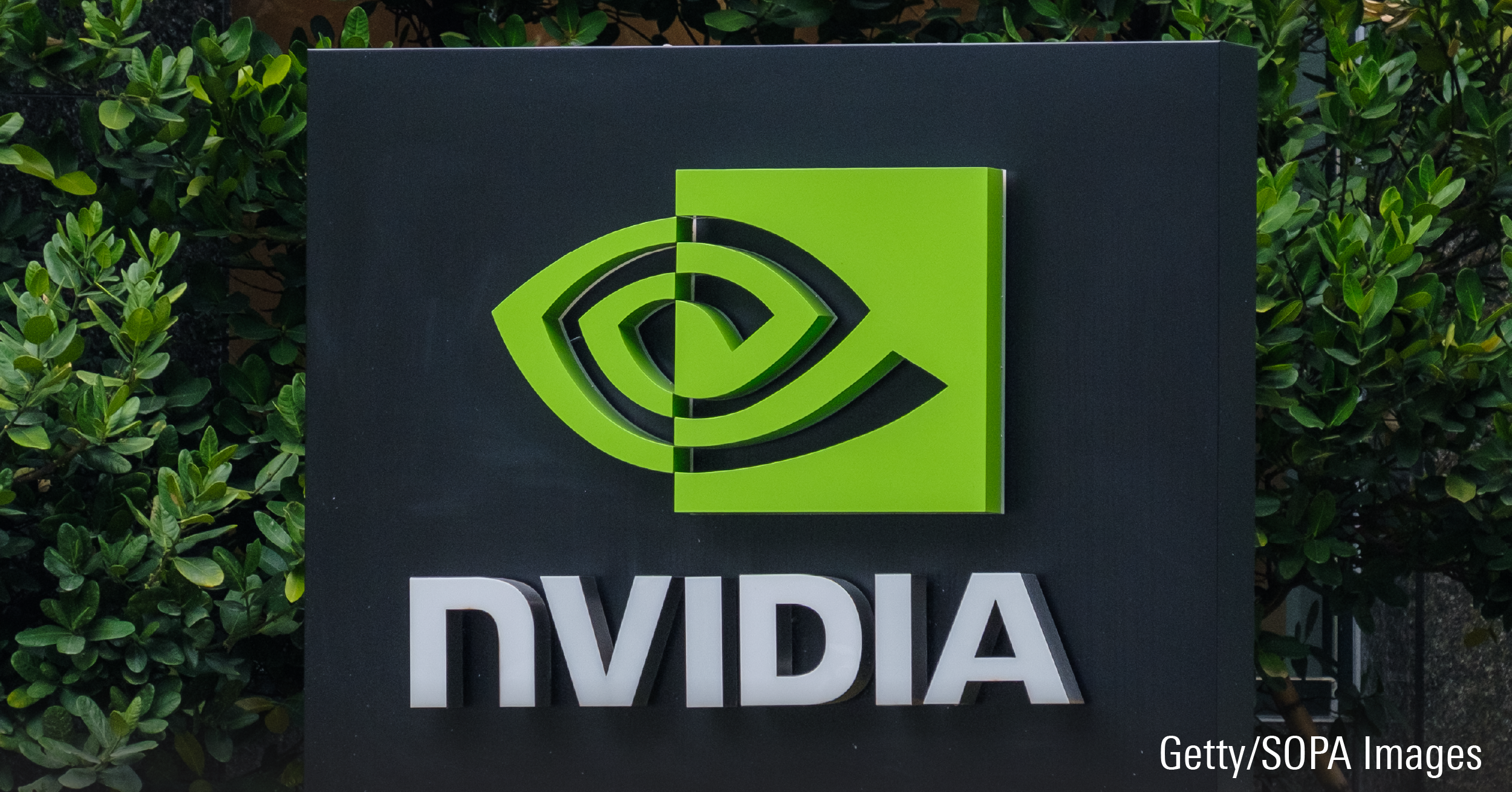When we speak of guarantees and mutual funds in the same breath, we're usually talking about funds that are bundled within a segregated-funds wrapper. But not always.
A variation on this theme was launched nearly a year ago by CI Investments Inc. with the first of its CI Guaranteed Cash Flow Series, known as G5|20. With assets having grown to $116 million, CI has expanded its answer to seg funds. A new series, G5|20i, was announced on May 13.
The CI Guaranteed Cash Flow funds are mutual funds, so there are no death benefits or protection from creditors. But in providing cash-flow guarantees, CI has come up with a mutual-fund version of the guaranteed minimum withdrawal benefits available from seg funds offered by life-insurance companies.
On top of that, CI's newest offering has more capital-guarantee provisions than the original G5|20 series first offered in July 2013. In this respect, CI is imitating the maturity guarantees provided by seg funds.
Whether structured as seg-fund insurance policies or as mutual funds, guaranteed-payout products are aimed at conservative investors who are planning for retirement or already retired, and who want to lock in regular, predictable cash flow.
The first of CI's new G5|20i series will be available for purchase until June 30. Subsequent offerings will be made every three months, with closing dates at the end of each calendar-year quarter. The funds are available for both registered and non-registered accounts.
Like the original series, CI's new G5|20i series will be tactical balanced funds with a conservative, cash-generating twist. They're designed to provide guaranteed monthly cash flow that can increase but never decrease.
In return for the cash-flow guarantee, which is backed by Bank of Montreal, investors must make a long-term commitment to stay in the fund. Otherwise, investors who are willing to forgo the guarantee can redeem some or all of their units on any business day at their current market value.
One of the two major differences between CI's G5|20i and the original G5|20 series concerns the timing of their first payouts and the holding period to maturity. The new G5|20i series starts making monthly payouts right away. With the older G5|20 series, investors must wait five years for the first of the monthly payouts.
For both the new G5|20i series and the original G5|20 series, the payout period is 20 years. But because of the five-year waiting period for the original series, the required holding period to qualify for all of the guaranteed payouts is 25 years -- five years longer than for the new series now being marketed.
The second major difference between the original and the new series has to do with resetting of the guaranteed asset value. This is a very important variable, since it's the value of the fund on which the equal monthly payouts, totalling 5% annually, are based.
For the three previously issued series, there is only one date on which the guaranteed asset value is likely to be increased. This date is the fifth anniversary after the launch of the fund, which will be the last day of the accumulation phase. On that date, the guaranteed asset value will be set at the greater of either the market value on that date, or the price originally paid five years earlier.
The new lock-in provisions apply to new G5|20 issues (which have the five-year accumulation period) and the G5|20i (with immediate pay), but there are differences between the two.
The new version of G5|20 will lock in the full amount of any gains at the five-year anniversary (the end of the accumulation period), and will lock in half of any gains at 2.5 years (mid-way through the accumulation period) and every three years during the distribution period (the eighth, 11th, 14th, 17th, 20th and 23-year anniversaries). G5-20i has no accumulation period, so half of any gains will be locked in every three years (the third, sixth, ninth, 12th, 15th and 18-year anniversaries.)
The guaranteed cash-flow funds are managed in-house by CI Investment Consulting, and diversified across Canadian, U.S. and other foreign equities, and domestic and foreign fixed-income securities.
CI Investment Consulting, which won the award for best fund-of-funds program at the 2013 Morningstar Awards, will select funds managed by various CI portfolio managers. These include the in-house Signature, Cambridge and Harbour teams, and third-party sub-advisors Altrinsic Global Advisors LLC, Epoch Investment Partners Inc., Picton Mahoney Asset Management, QV Investors Inc. and Tetrem Capital Management Ltd.
In addition, Nexus Risk Management LP has been retained to apply a risk-management overlay. The Chicago firm's job is to protect against significant market declines and reduce overall volatility while seeking to take advantage of rising equity markets.
In the event of significant bear market or interest-rate shocks, CI may shift all of the actively managed portfolio to a low-risk "protection portfolio" of fixed-income securities. This would be done to ensure that the fund would be able to meet is payout guarantees, but would stunt the fund's growth potential.
Once the assets were allocated to a protection portfolio, the role of CI Investment Consulting and Nexus would end, since there would be no transfer back to the active portfolio. The protection portfolio would be managed by BMO.
Fees for CI's guaranteed cash-flow funds, while cheaper than those of insurance companies' seg funds, are higher than for most balanced mutual funds.
For Series A, which has front-end-load, deferred-sales-charge and low-load purchase options, the management fee is 1.90% annually for the active portfolio. On top of that, Nexus gets paid 0.20% for risk management, and guarantor BMO charges 0.40%, for a combined total of 2.5%. An administration fee of 0.22% is also charged, which covers fund expenses, bringing the pre-tax total costs to 2.72%.
Brokers and dealers receive annual 1% trailer commissions, which are paid out of CI's management fee. Fee-based series, sold by advice-givers who bill investors directly for their services rather than being paid by fund companies, are also available but there are no purchase options geared to self-directed investors. CI's management fees are reduced during the issue period before the assets are invested, after the target end date, and in any protection portfolio.















